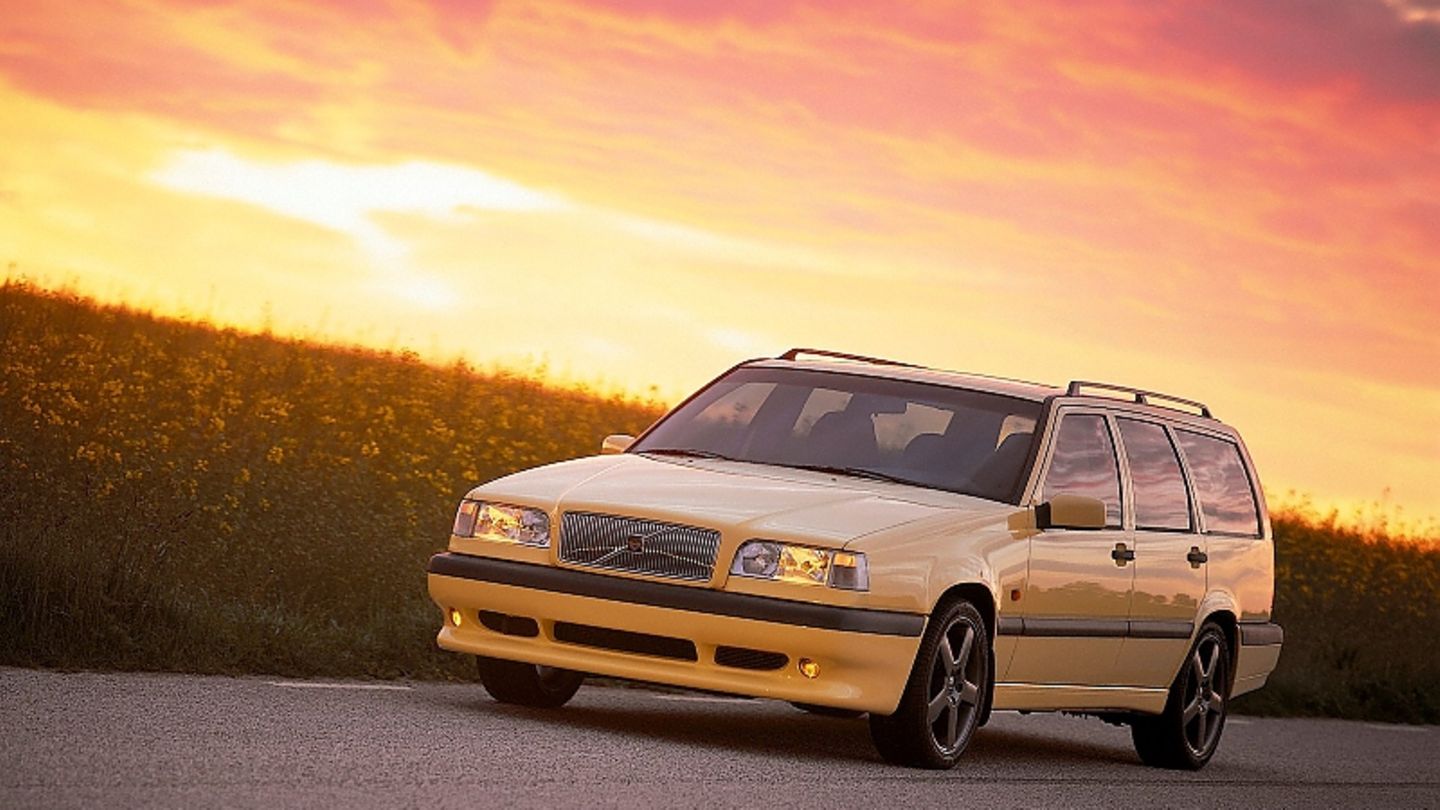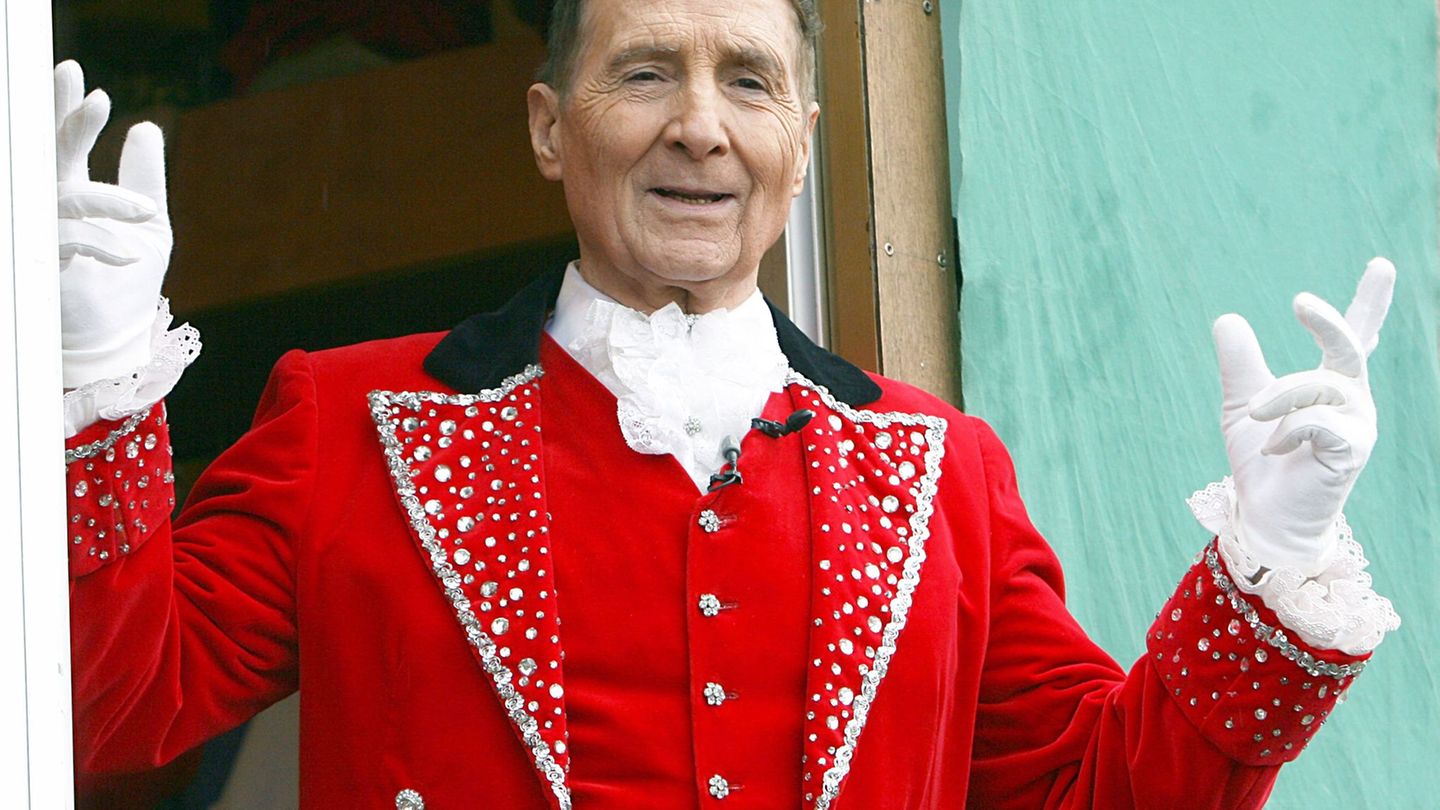Volvo, now part of the Chinese Geely Group, has firmly opted for electromobility. The then still independent Swedes once made a name for themselves for their magnificent five-cylinder engines – especially with the 850.
The Volvo 850, which was a real new beginning for the tradition-conscious Swedes at the beginning of the 1990s, was inseparably interwoven with the sonorous, babbling five-cylinder engines. The 850 series replaced the angular, robust vehicles of the 740/760 and 940/960 series, which were both optically and technically based on the large old Volvo sedans and station wagons with which the car manufacturer and its chief designer Jan Wilsgaard made a name for themselves over the decades had.
The Volvo 850 came at the right time, because the competition – especially from Germany – with their top-of-the-range models were getting further and further ahead. Sedans, station wagons, coupés, luxury variants and sports versions up to powerful eight-cylinders have long been in a league of their own, so that Volvo had to compete with competitors from Opel, Ford, Renault or Peugeot. Only the 850 brought the Swedes back into the spotlight.
Unlike its predecessors, which relied on four- and six-cylinder engines, the Volvo 850 introduced in 1991 was a transversely installed five-cylinder engine that no longer supplied the rear axle with power, but the front wheels (later also the rear wheels in all-wheel drive vehicles). On the rear axle in delta link design, the advantages of a rigid axle and independent suspension were to be combined. Also new in addition to other safety details: the SIPS side impact protection. While the 850 was only available as a 4.66 meter long sedan at the market launch, the engine portfolio grew to the 177 kW / 240 PS / 330 Nm strong Volvo 850 T5-R, one of the fastest station wagons (4.70 meters long) of its time. The top model differed from the tamer brothers in features such as sills, spoilers, a square tailpipe and 17-inch aluminum wheels. In 1994, Volvo even entered touring car series with the 850 station wagon.
The turbocharged five-cylinder with a displacement of almost 2.5 liters and the unusual hatchback with a steeply sloping tailgate for maximum cargo space were particularly striking. Particularly popular: the high-torque and economical diesel versions with an Audi engine. For the first time, from 1996 onwards, all-wheel drive was also available for the more powerful versions. The Volvo 850 AWD Kombi was the first Swedish passenger car to offer the traction advantages of a variable four-wheel drive with viscous coupling, supplemented by an automatic rear limited-slip differential and electronically controlled traction control.
After more than five years of production, the Volvo 850 for the 1997 model year was further developed into the Volvo S70 sedan and the Volvo V70 station wagon – apart from the nomenclature, however, initially not much changed. The revolutionary Volvo 850 AWD laid the foundation for a new crossover segment, which was filled by the Volvo V70 XC and Cross Country from 1997 onwards. The range of well-preserved Volvo 850s is not gigantic despite a total of almost 720,000 vehicles produced. If you want to buy a model with real potential for appreciation, you have to exclude the diesel as well as the flimsy basic gasoline. The Volvo 850 is particularly desirable in its top versions T5 and T5-R with 211, 226 and 240 hp, all of which have very good standard and safety equipment. Almost all models offer heated leather seats, an electric sunroof and aluminum rims. In the last year of production, the 250 hp Volvo 850 R replaced the 850 T5-R.
As with a new car, the Volvo 850 is more popular as a station wagon than the identically motorized sedan with the high, slightly bulky rear end. With a mileage of less than 100,000 kilometers, the 226 hp T5 station wagon with automatic transmission costs around 15,000 euros. A sedan with 170 hp, mediocre equipment and less than 200,000 kilometers starts for less than 8,000 euros – but has only moderate prospects of becoming a coveted classic with an increase in value. The more powerful models in particular put a lot of strain on the front axle. Therefore, you should pay special attention to drive shafts, joints and bushings. With the exception of individual models, rust is not an issue, nor is the electrical system. With a well-maintained vehicle, nothing stands in the way of a solid classic.
I am Pierce Boyd, a driven and ambitious professional working in the news industry. I have been writing for 24 Hours Worlds for over five years, specializing in sports section coverage. During my tenure at the publication, I have built an impressive portfolio of articles that has earned me a reputation as an experienced journalist and content creator.




